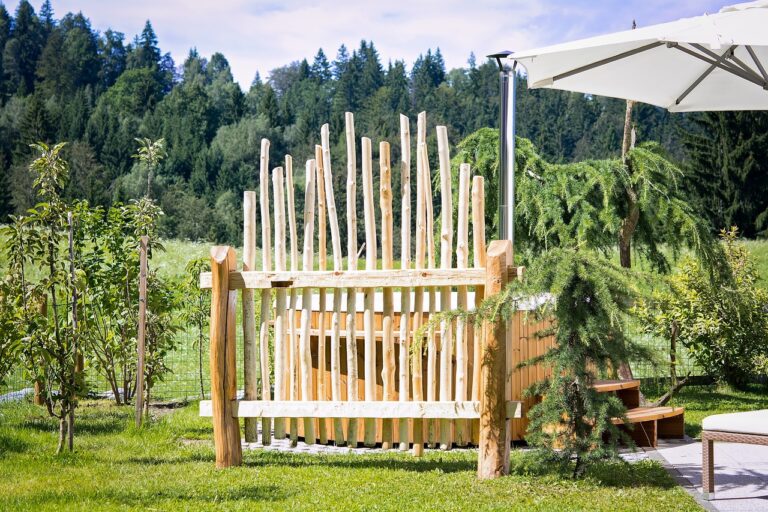The Future of Sustainable Urban Development: Building Cities with People and the Planet in Mind
The rapid pace of urbanization poses significant challenges to the sustainability of our cities. As populations continue to flock to urban areas, the strain on resources such as water, energy, and land intensifies. This leads to issues like overcrowding, inadequate infrastructure, pollution, and loss of natural habitats.
The pressure on urban services and infrastructure has a direct impact on the quality of life for city residents. Lack of affordable housing, inefficient transportation systems, and limited access to green spaces are all common problems in rapidly growing urban areas. As cities expand, it becomes increasingly challenging to maintain a balance between development and the preservation of the environment for future generations.
Importance of Green Infrastructure in City Planning
Green infrastructure plays a critical role in city planning by offering a variety of benefits that contribute to the overall sustainability and livability of urban areas. By integrating natural elements like parks, green spaces, and water features into the built environment, cities can mitigate the negative impacts of urbanization, such as air and water pollution, heat islands, and flooding. These green spaces not only enhance the aesthetic appeal of cities but also provide essential ecosystem services, such as improving air quality, reducing stormwater runoff, and supporting biodiversity.
Furthermore, green infrastructure helps promote the well-being of urban residents by creating opportunities for recreation, exercise, and social interaction. Access to green spaces has been linked to improved mental health, reduced stress levels, and increased community cohesion. By incorporating green infrastructure into city planning, policymakers can create more resilient and sustainable urban environments that prioritize the health and happiness of their residents.
Green infrastructure offers a variety of benefits for urban areas
Natural elements like parks and green spaces help mitigate negative impacts of urbanization
Green spaces improve air quality, reduce stormwater runoff, and support biodiversity
Access to green spaces promotes mental health, reduces stress levels, and increases community cohesion
Incorporating green infrastructure into city planning creates more resilient and sustainable urban environments
Innovative Technologies for Sustainable Urban Development
Cities worldwide are increasingly turning to innovative technologies to address the challenges of sustainable urban development. From smart grids and energy-efficient buildings to intelligent transportation systems, these advancements play a crucial role in creating greener and more efficient urban spaces. For instance, the use of sensors and data analytics allows cities to optimize resource management, reduce energy consumption, and minimize waste, contributing to a more sustainable future.
Moreover, advancements in renewable energy technologies, such as solar panels and wind turbines, are transforming urban landscapes by providing clean and reliable sources of energy. By integrating these green technologies into city infrastructures, urban planners can reduce carbon emissions, lower reliance on fossil fuels, and promote environmental sustainability. Through continuous innovation and strategic implementation, cities can harness the power of technology to build more resilient and eco-friendly urban environments.
What are some of the challenges of urbanization and sustainability?
Some of the challenges include increased pollution, strain on infrastructure, and loss of green spaces.
Why is green infrastructure important in city planning?
Green infrastructure helps to reduce pollution, manage stormwater, improve air quality, and enhance biodiversity in urban areas.
What are some innovative technologies for sustainable urban development?
Some examples include smart grid systems, green roofs, vertical gardens, and sustainable transportation options like electric buses and bike-sharing programs.







